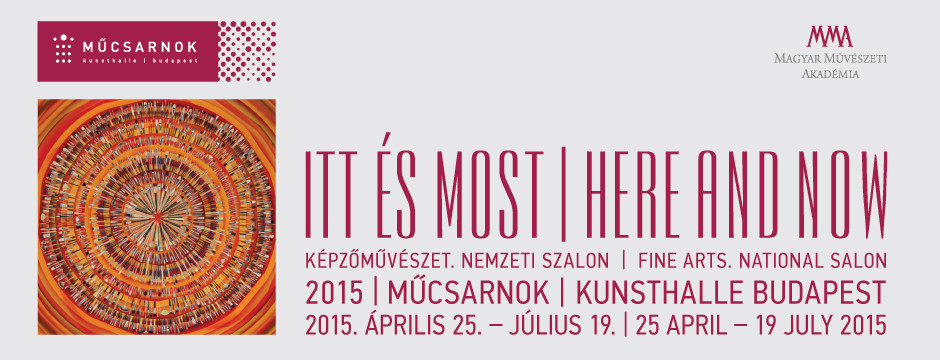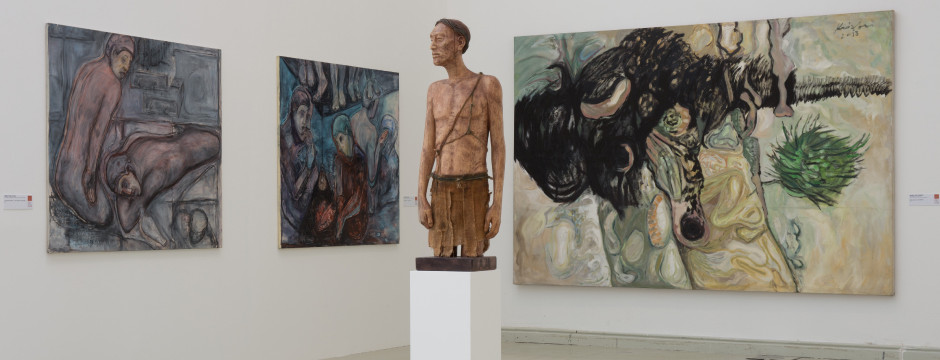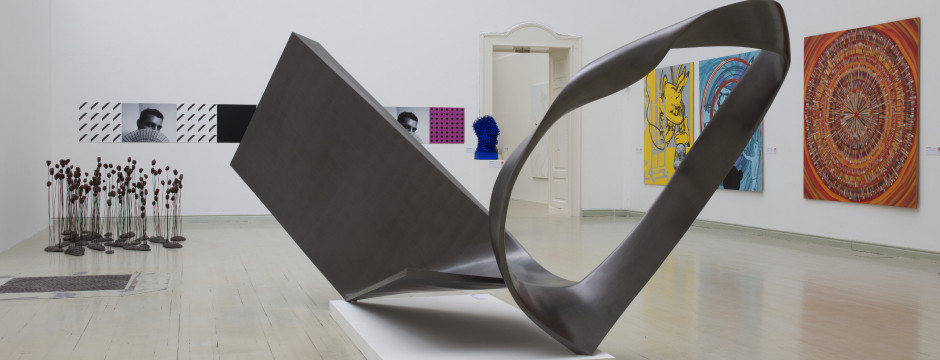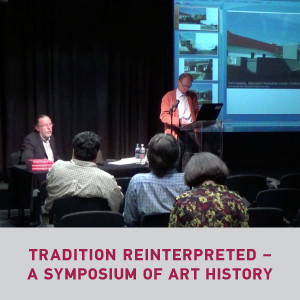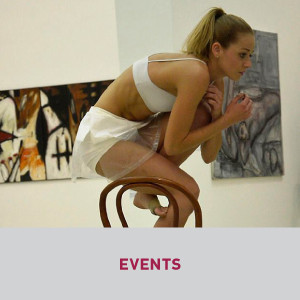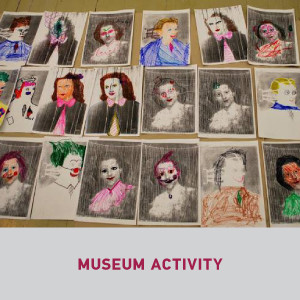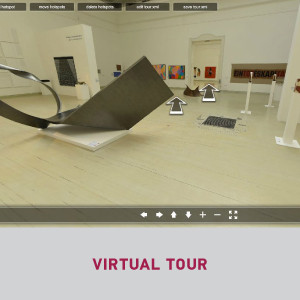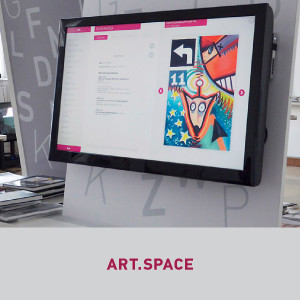Ever since art entered the domain of the broad public of the bourgeoisie, there has been constant controversy over the truly effective means of its presentation to the public. Consequently, the history of the Paris Salon, organized annually or biannually since the 17th century, and its theoretical-institutional framework, the Academy, has been surrounded by debates and scandals. Meanwhile, as many as a million visitors attended some these shows. It appears from this that the public was always, and – we can venture to say – still is interested in reviewing a broad spectrum of the current art of a given era.
This was the idea that has motivated the Hungarian Academy of Arts to reintroduce the national salon shows at the Műcsarnok, of which it was granted ownership in 2013. Every spring, Budapest’s venerable 120 years old institution of international fame on Heroes’ Square now joins the Hungarian capital’s Spring Festival marking the start of the season with a salon exhibition. Four types of salons alternate annually on a four-year term each, with a comprehensive presentation of current architecture, fine art, media art and photography, design and applied arts. Unlike the classical Paris salon, the National Salon in Budapest does not follow the old trend of submissions and jurying, and there is no way it could. Taking fine art as an example: in the Carpathian Basin today there are thousands of painters, sculptors and graphic artists creating great art. Therefore, the National Salons are compiled by invited curators, experts of the relevant field, based on their knowledge and decades of experience, with the intention of providing a full scope, at least in terms of the range of concepts.
The 2015 National Salon endeavours to review the Hungarian fine art of the last ten years. It is curated by Júlia N. Mészáros, art historian of the Rómer Flóris Art and History Museum in Győr (formerly director of the Museum of Győr), who has proven her knowledge and expertise by organizing a long list of exhibitions and launching an international graphic art biennale.
After the 2014 architecture salon at the Műcsarnok, which attracted over twenty thousand visitors, the exhibition Here and Now in 2015 is designed to show the relevant phenomena, characteristic artworks and less well-known dimensions of the more traditional fields of Hungarian art from the brief period since the millennium. The show places Hungarian art in a broader relation than the art of the capital, extending its scope to a national context. It interprets the notion of progressivity on a broader scale than radically new artistic invention and expansion, focusing on the innovative gestures of the individual creative strategies that define the internal processes of fine art. It intends to provide an opportunity for the simultaneous perception of canonical and non-canonical artworks from a new perspective, for the recognition of probable new phenomena, for the gauging of their importance and their new relationship to the art of today.
Although in terms of their time and place of creation as well as diversity, the presented works cover the past ten years and the new phenomena in fine art, this exhibition cannot undertake more than to offer a new perspective for the apperception of the fine divergences of this short period compared to the complex whole.



